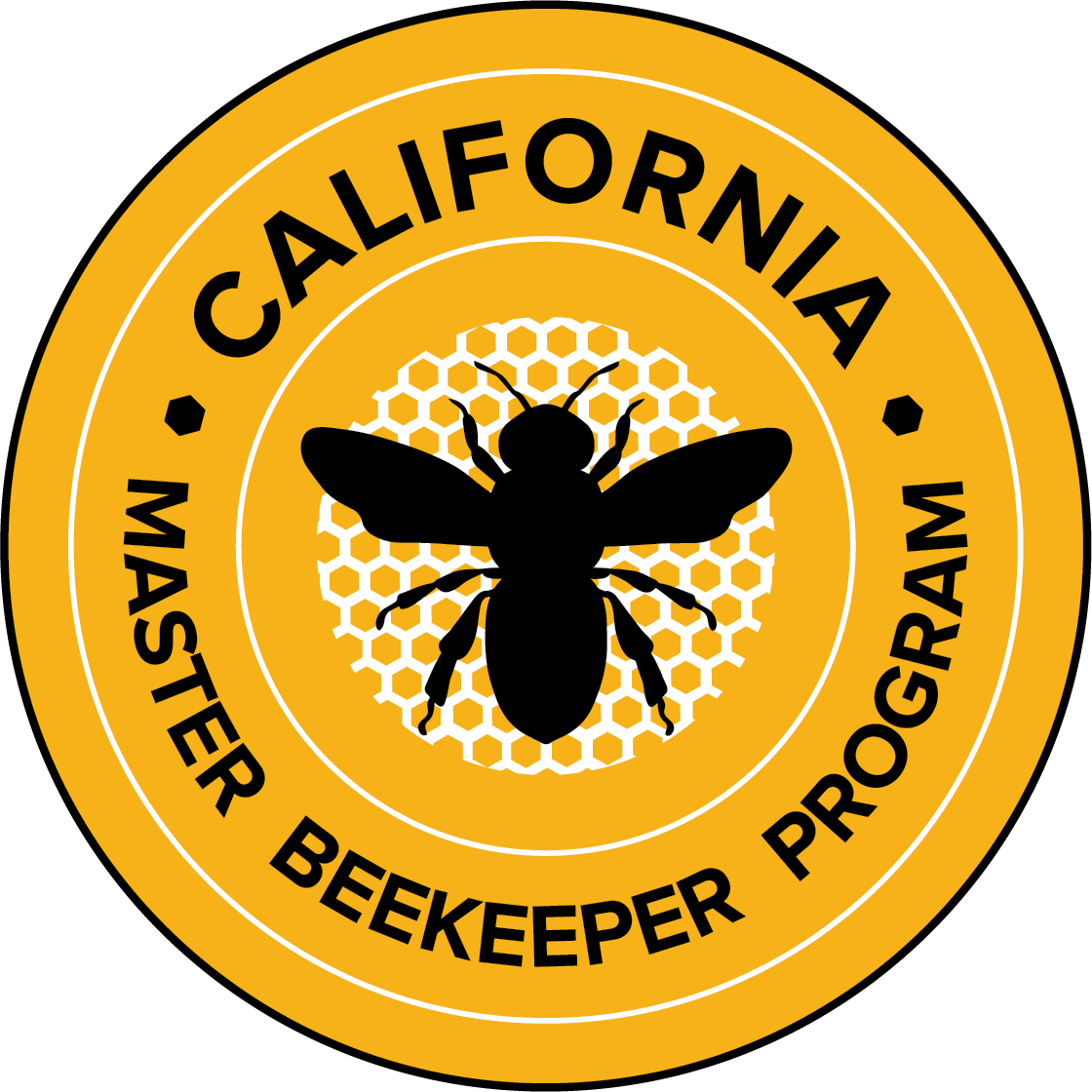Honey tasting is the sensory examination and evaluation of honey. It is a formalized methodology analogous to wine tasting.
Materials
- Honey
- Tasting Containers: Preferably 2 oz and transparent.
- Tasting Spoon: Wooden stirrer or plastic spoon recommended. Metallic spoon not recommended.
- Honey Color Guide: There are different options. One example is "Jack's Scale".
- Honey Flavor Wheel: There are different available online.
1. Visual Analysis
- Pick up the tasting glass or cup and tilt it toward a white surface.
- Look at the color and color intensity and evaluate it using a honey color guide.
2. Olfactory Analysis
- Pick up the honey tasting cup, keeping it covered. Place it in the palm of your hand and hold it with your fingers closed around it. Rub it on the palm of your hand to raise the ambient temperature of the honey.
- Remove the top. Using the tasting spoon, stir the honey clockwise 3 times. This increases the surface contact with the honey and releases more aromas.
- Bring the tasting cup to the nose and smell for about 5 seconds. Wait a short interval of 3 to 4 seconds and smell again. Smell 3 to 4 times, always with a pause of a few seconds in between. During this step, you will get a first impression of the honey sensory characteristics (positive and/or negative).
3. Gustative Analysis
- Once again, using the spoon, stir the honey clockwise 3 times. Using the spoon, take a small amount of honey (~10-20 drops worth), place it on your tongue, distribute it through the whole oral cavity (tongue, gums and roof), and let it melt.
- With your mouth closed, breathe out your nose.
- As the honey melts, continue to breathe out through your nose.
- Finally, swallow the honey.
- Now,
- Evaluate and describe the taste (use a honey flavor wheel)
- Evaluate and describe the retronasal aromas (smell)
- Evaluate the astringency
- Evaluate the viscosity
- Evaluate and describe the texture of the honey including crystallization if present
- Evaluate the duration of the flavor
4. Palette Cleanse
- Take a sip of room temperature water and rinse your mouth.
- (Optional) Take a bite of plain unsalted cracker or white bread and another sip of water to rinse your mouth.
- Take a 1-minute break (or more) to rest your senses before repeating the process with another sample.
Examples
Meadowfoam Honey
- Visual: Amber
- Smell: Vanilla; like cupcakes coming out of the oven
- Taste: Intensely sweet with a hint of vanilla, marshmallow and even toasted marshmallow
- Retro-nasal: Medium intensity and persistent. The aroma/flavor of toasted marshmellows lingers.
Coriander Honey
- Visual: Amber
- Smell: Exotic spices like cardamom
- Taste: Savory with hints of cardamom, coriander, anise and chocolate
- Retro-nasal: Medium intensity and somewhat persistent.
This page developed with support from UC Davis Honey and Pollination Center

